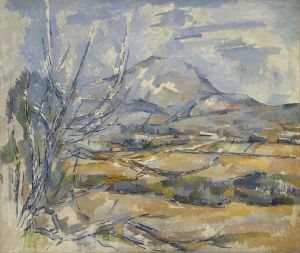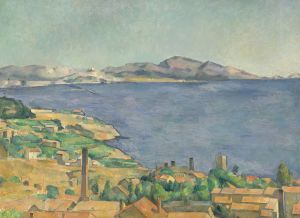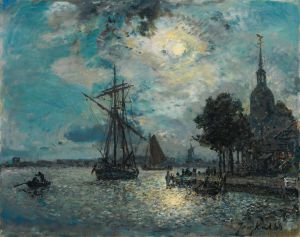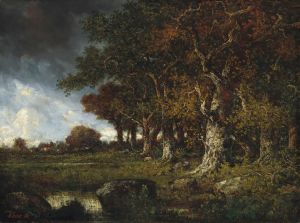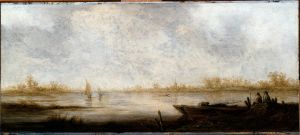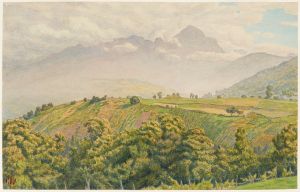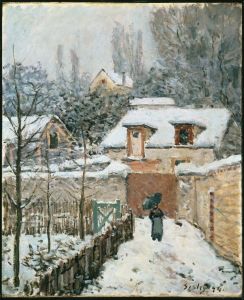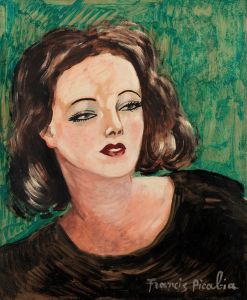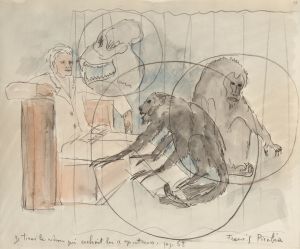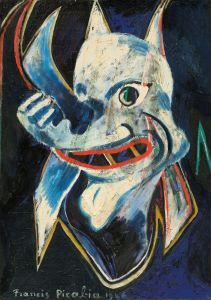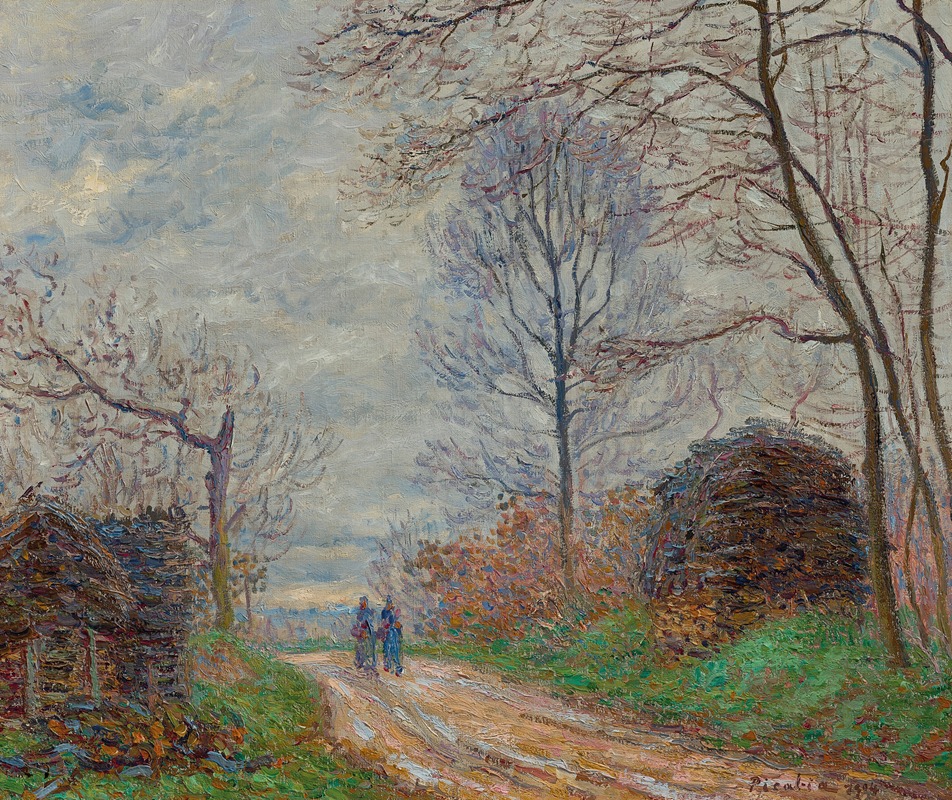
Chemin des Sablons à Moret
A hand-painted replica of Francis Picabia’s masterpiece Chemin des Sablons à Moret, meticulously crafted by professional artists to capture the true essence of the original. Each piece is created with museum-quality canvas and rare mineral pigments, carefully painted by experienced artists with delicate brushstrokes and rich, layered colors to perfectly recreate the texture of the original artwork. Unlike machine-printed reproductions, this hand-painted version brings the painting to life, infused with the artist’s emotions and skill in every stroke. Whether for personal collection or home decoration, it instantly elevates the artistic atmosphere of any space.
Francis Picabia, a French avant-garde painter, is known for his diverse artistic styles and contributions to various art movements, including Impressionism, Cubism, Dada, and Surrealism. One of his lesser-known works, "Chemin des Sablons à Moret," reflects his early artistic endeavors before he became associated with the avant-garde movements.
"Chemin des Sablons à Moret" is a landscape painting created by Picabia during a period when he was exploring Impressionism. This painting is believed to have been completed in the early 1900s, a time when Picabia was heavily influenced by the Impressionist movement, which was characterized by a focus on light, color, and everyday scenes. The title of the painting translates to "Path of the Sands at Moret," suggesting that it depicts a scene from the town of Moret-sur-Loing, located in the Île-de-France region near the Forest of Fontainebleau. This area was a popular location for artists due to its picturesque landscapes and natural beauty.
In "Chemin des Sablons à Moret," Picabia employs the typical Impressionist technique of using loose brushwork and a vibrant color palette to capture the transient effects of light and atmosphere. The painting likely features a rural path, bordered by trees and vegetation, with the play of sunlight creating dappled patterns on the ground. This approach reflects the Impressionist interest in capturing a specific moment in time and the changing qualities of light.
During this early phase of his career, Picabia was influenced by the works of prominent Impressionist painters such as Claude Monet and Alfred Sisley, both of whom also painted scenes from the Moret-sur-Loing area. Picabia's work from this period demonstrates his ability to convey mood and atmosphere through color and composition, aligning with the Impressionist emphasis on sensory experience over detailed representation.
While "Chemin des Sablons à Moret" is not as widely recognized as some of Picabia's later works, it provides insight into his artistic development and the foundational techniques that he would later build upon. As Picabia's career progressed, he moved away from Impressionism and began experimenting with other styles, eventually becoming a key figure in the Dada movement and later exploring Surrealism and abstract art.
Picabia's journey through various artistic styles highlights his versatility and willingness to challenge conventional artistic norms. His early works, such as "Chemin des Sablons à Moret," serve as a testament to his roots in Impressionism and his ability to capture the essence of a scene through color and light. Although this painting may not be as famous as his later avant-garde pieces, it remains an important part of his artistic legacy, illustrating the breadth of his talent and the evolution of his creative vision.





